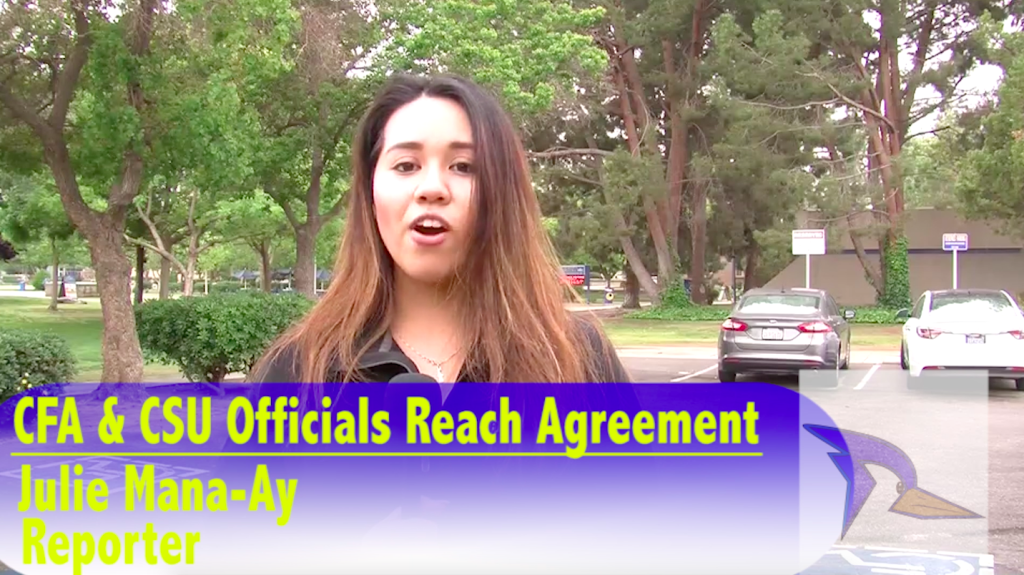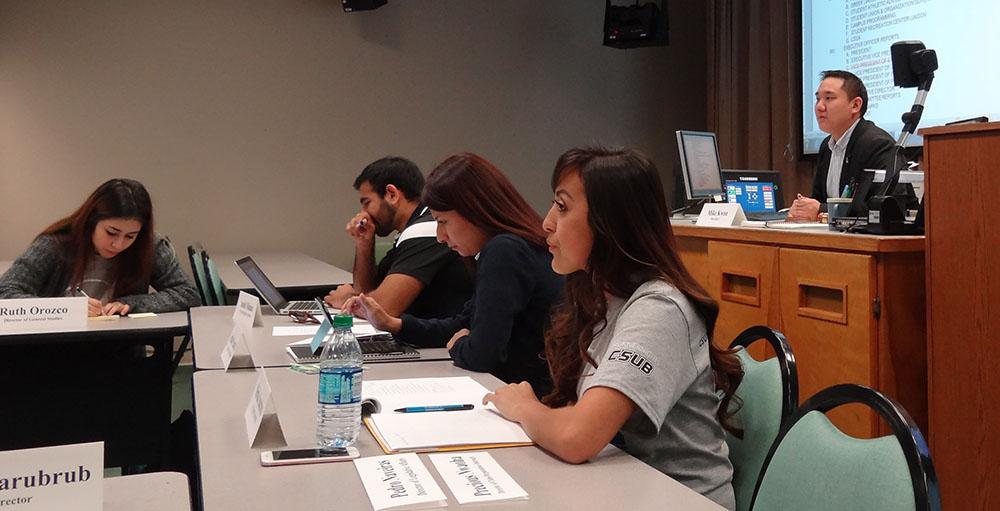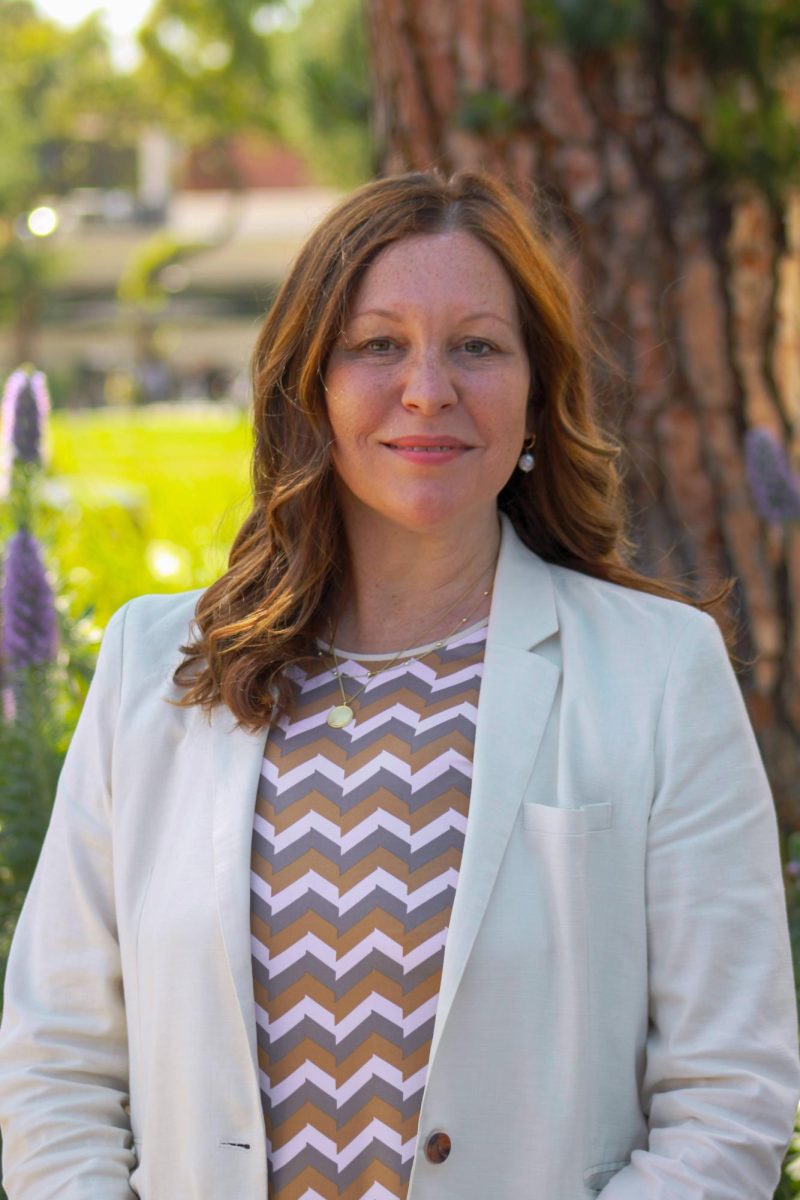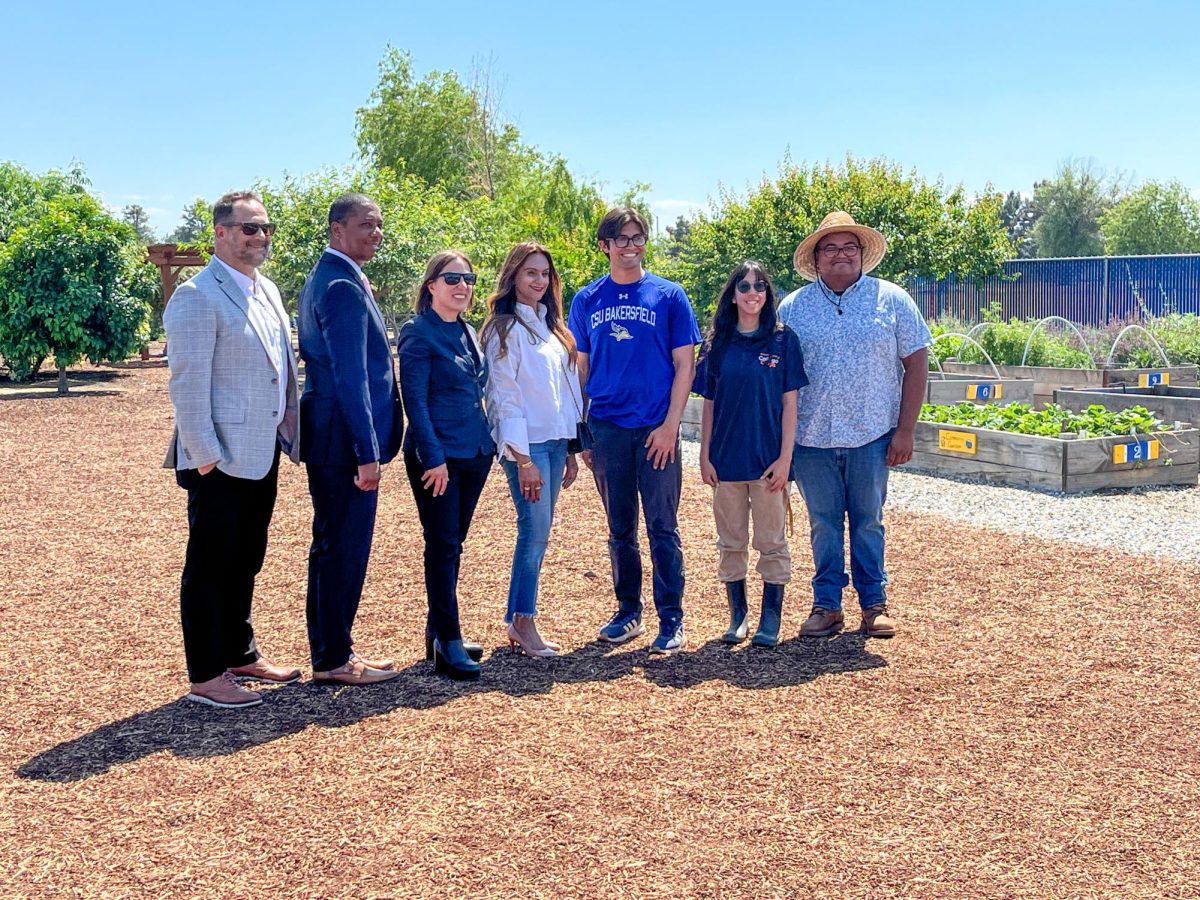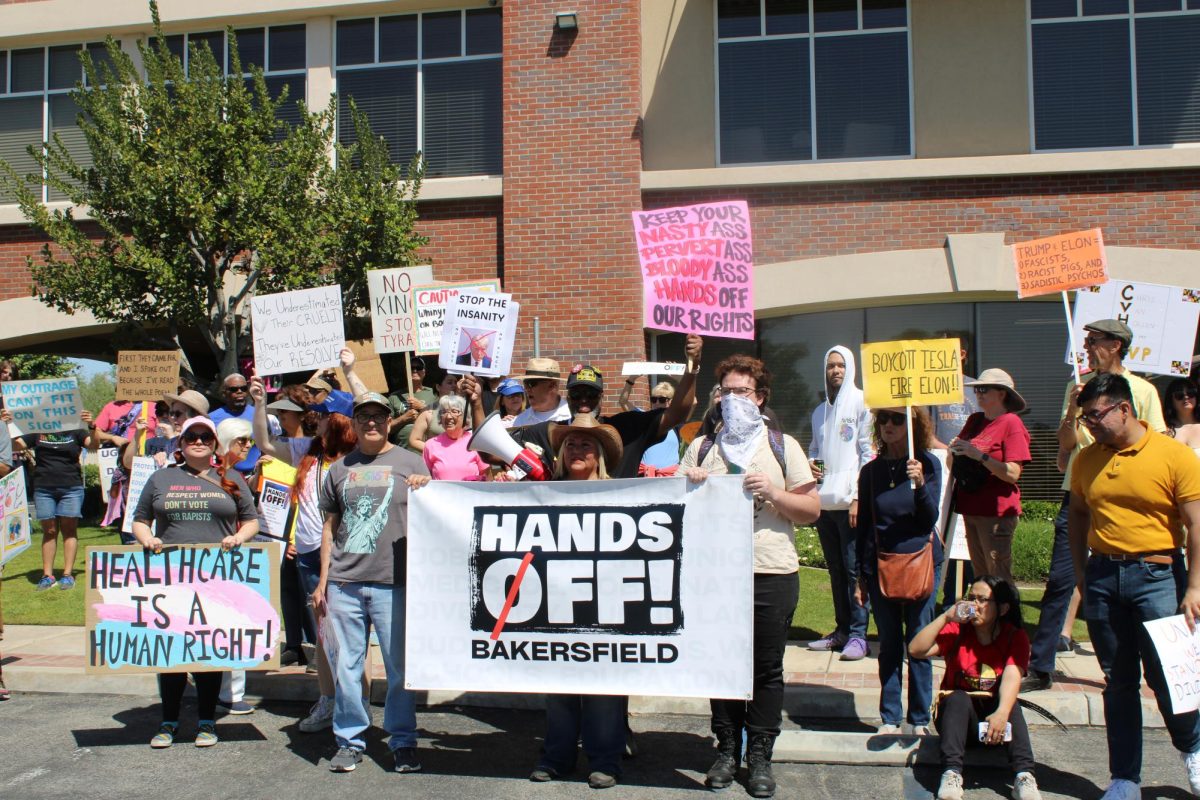News Editor
The California Faculty Association held a vote over the last 10 days to see how much California State University faculty supports striking as the union negotiates for a 5 percent raise instead of the 2 percent currently offered by the Chancellor’s Office.
CFA Chapter Chair of the Faculty Rights Committee Bruce Hartsell discussed in an email interview the most important aspects of the negotiation the CSU Bakersfield faculty must consider.
“Either we accept the 2 percent that the administration has offered, or we fight for 5 percent, which will bring us nowhere near the rate of inflation over the past several years in which we received only very small across-the-board raises,” said Hartsell, a lecturer in the Department of Social Work at CSUB. According to Associate Vice President for Faculty Affairs David Schecter, those small raises are an indication of the attitudes the CSUB leadership have toward their colleagues.
“We certainly understand that faculty feel that they would like more in salary from the university, but we have to deal with whatever budget is given to us by the state,” he said. “We’re just dealing with whatever Sacramento approves.
“That’s part of what the ongoing negotiation is, not just faculty versus university or faculty versus any particular campus, it’s all of us together asking the state for more support of the CSU.”
Though CSUB is second highest on the list of ranked compensated faculty salaries within the CSU system, there are still things voting faculty must consider, such as inflation rates and cost of living.
“CSUB faculty is leaning strongly in favor of authorizing a strike. We are fed up with the misplaced priorities of the CSU’s administration,” Hartsell said. “Each university in the system already sets salaries with some awareness of the local cost of living, but CSUB faculty are very aware that we have lost ground to inflation despite Bakersfield’s relatively low cost of living.”
Schecter explained the negotiations began with bargaining in the summer months. When an impasse was reached, meaning neither side could find a common ground, a neutral mediator was brought in to meet with both sides.
Because these two meetings did not result in agreement, the negotiation was certified on Oct. 8.
“At that point, the certification means all the other steps have been gone through in a fair way,” said Schecter. “Both sides agree pretty much to the certification taking place… we are now a couple of weeks into fact-finding.
“Fact finding is another opportunity to try and make a deal…there’s a three-person panel, so there’s one that CFA appoints, one that CSU appoints and then a third neutral person kind of like the mediator, but it’s a different person this time.”
The three-person panel will have a hearing, the date of which that has yet to be determined, and should a decision still not reached at that point, concerted action such as a strike could occur.
“What the union is doing now is in preparation for the fact finding time period asking their members, ‘What would you do?’ Should we strike? Should we not strike?’ But they’re doing that in preparation to be organized before any concerted action.”
Though concerted action will not affect instruction this quarter, students should be aware of the implications of their teachers’ negotiation efforts in the future.
“Faculty members will provide ample notice to students about a strike and how it will affect students, and CFA will plan carefully to minimize any adverse effects on students,” said Hartsell.
It has yet to be determined if one school, staggered areas, or all 23 schools will strike at once, or even for how long, should it come down to that.
“Speaking from the administrative side, the hope is that a deal can be worked out at the table and that a negotiation is fruitful for everybody,” Schecter said. “I don’t think anyone on the administration side wants to see a strike.”
The strike authorization vote closes today and will determine whether or not there is enough faculty support for concerted action such as a strike.



